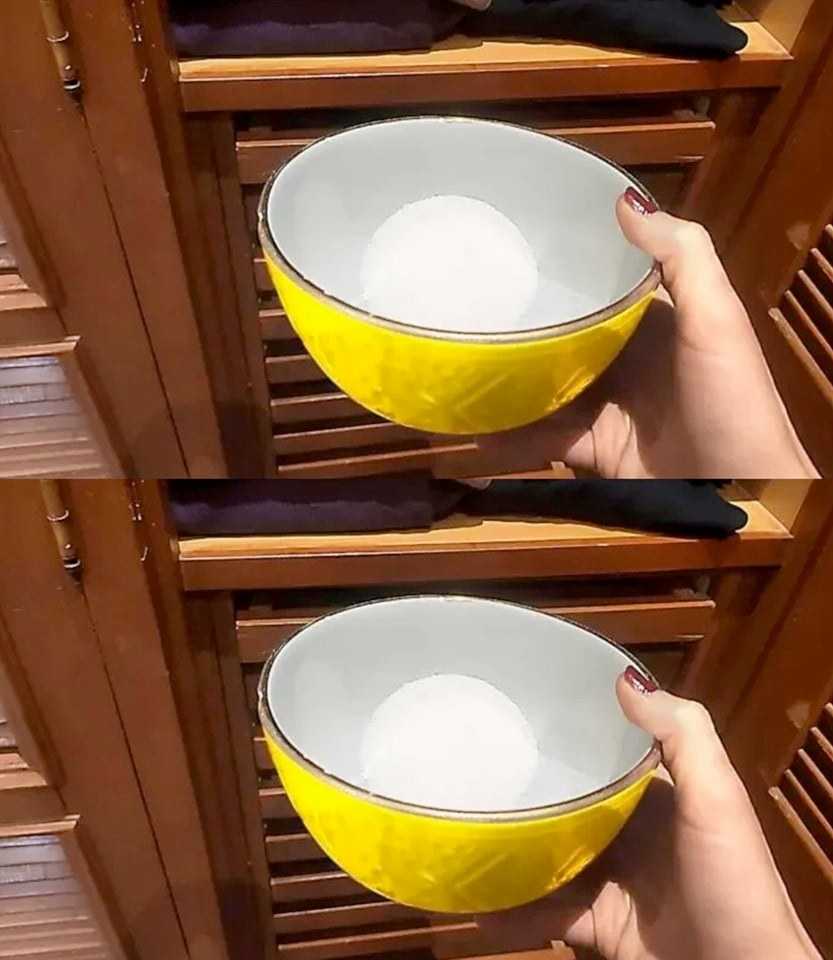ADVERTISEMENT
For Wood Furniture
Wood is porous and can absorb moisture, making it a prime breeding ground for mold. Here’s how to treat it:
Step 3: Wipe Down with White Vinegar
White vinegar is a natural antifungal and antibacterial agent. Mix equal parts white vinegar and water in a spray bottle.
Lightly spray the surface and wipe with a clean microfiber cloth.
For deeper odors, soak a cloth in the solution and lay it on the surface for 10–15 minutes before wiping.
Avoid soaking the wood; excess moisture can worsen the problem.
Step 4: Use Baking Soda for Odor Absorption
After cleaning, sprinkle baking soda generously over the wooden surfaces. Let it sit overnight to absorb remaining odors, then vacuum it up with a brush attachment.
For Upholstered Furniture
Upholstery can trap odors deep within its fibers, so you may need a multi-step approach.
Step 5: Steam Clean or Use Upholstery Cleaner
If your furniture is labeled as safe for steam cleaning, this is a great way to kill mold and extract odors. Alternatively, use an enzyme-based upholstery cleaner designed for odor removal.
Lightly mist the surface and blot with a clean towel.
Allow it to air dry completely in the sun or in a well-ventilated room.
Step 6: Activated Charcoal or Coffee Grounds
Both activated charcoal and dry coffee grounds are excellent at absorbing odors. Place bowls of either under the cushions or in drawers and leave them for 24–48 hours.
Pro tip: Replace every few days until the smell is gone.
For Drawers and Cabinets
Enclosed spaces like drawers and cabinets often trap odors more intensely.
Step 7: Clean Inside and Out
Wipe all surfaces with vinegar or a mix of mild dish soap and warm water.
Dry thoroughly.
Place dryer sheets, cedar balls, or charcoal sachets inside to freshen the air.
When to Use Commercial Products
Sometimes natural remedies aren’t enough, especially if the mold has penetrated deeply. In those cases, try commercial odor removers or mold treatments, such as:
Concrobium Mold Control
OdorXit
RMR-86 Mold & Mildew Stain Remover
Always test a small area first and follow manufacturer instructions.
Preventing Future Mold Growth
Once you’ve removed the odor, take steps to keep it from coming back.
Keep Furniture Dry: Use a dehumidifier in damp rooms and avoid placing furniture directly against walls.
Improve Airflow: Use fans or open windows regularly.
Use Moisture Absorbers: Silica gel packets, baking soda, or charcoal in hidden spots can help maintain dryness.
Regular Cleaning: Dust and vacuum furniture regularly to prevent buildup.
Bonus Tips
For Leather Furniture: Use a mix of water and rubbing alcohol (1:1 ratio) to gently wipe down leather surfaces, then condition afterward.
For Musty Mattresses or Cushions: Sprinkle with baking soda, let sit for several hours, and vacuum. Consider encasing them in protective covers.
When to Let Go
If the mold is deeply embedded or you notice rotting, strong stains, or structural damage, it may be safer to part with the piece. Mold-infested furniture can sometimes pose health risks, and no amount of cleaning can fully restore it.
Final Thoughts
Moldy smells in furniture are a nuisance—but not necessarily a death sentence for your beloved pieces. With the right combination of sunlight, airflow, natural deodorizers, and a bit of patience, you can eliminate the musty odor and restore freshness to your furniture.
Whether you’re saving a family heirloom, upcycling a vintage piece, or maintaining your home’s air quality, learning how to effectively remove moldy smells is a valuable skill every homeowner and DIY enthusiast should have.
